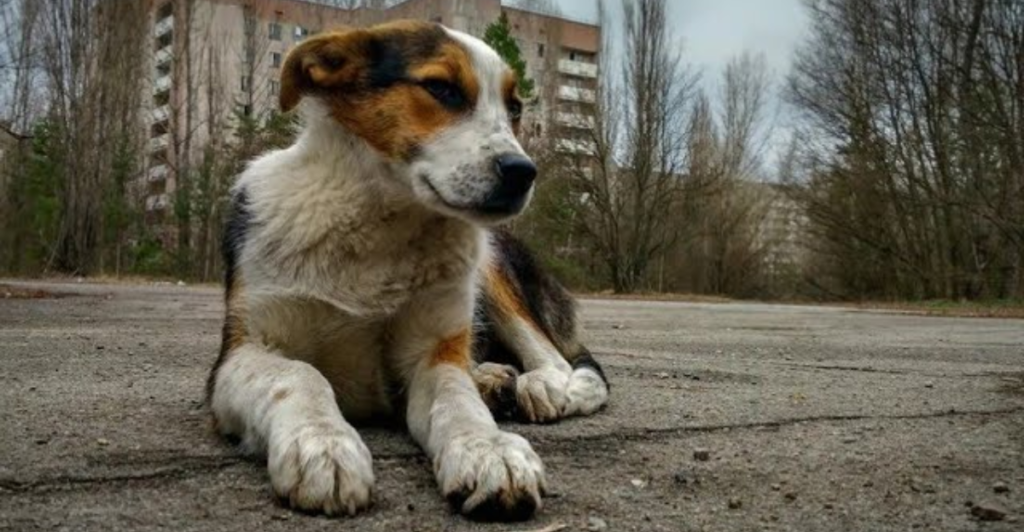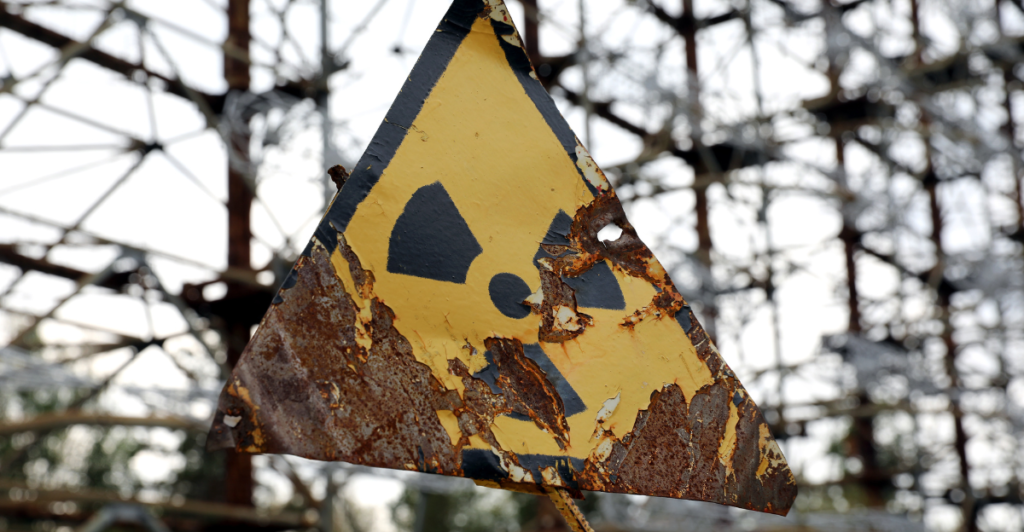
The site of the Chernobyl nuclear disaster, a desolate and radioactive wasteland, is home to an estimated 900 stray dogs. These dogs, descendants of pets abandoned during the mass evacuation in 1986, have managed to not only survive but thrive in this hazardous environment. Recent research has unveiled an astonishing discovery: these canines possess a genetic superpower that makes them immune to radiation, heavy metals, and pollution. This extraordinary adaptation sheds light on the resilience of life in extreme conditions.
The Legacy of the Chernobyl Disaster

The catastrophic explosion of Reactor No. 4 at the Chernobyl Nuclear Power Plant on April 26, 1986, led to the largest release of radioactive material in human history. The immediate aftermath saw thousands of residents evacuated from the surrounding area, leaving behind their homes, possessions, and pets. Over the years, the exclusion zone became a unique ecosystem, with nature reclaiming the land and wildlife adapting to its toxic conditions.
The Role of the Exclusion Zone (CEZ)

The Chernobyl Exclusion Zone (CEZ) spans approximately 1,000 square miles and is one of the most contaminated places on Earth, with radiation levels six times the acceptable limit for human workers. Despite this, the absence of human activity has allowed various species, including stray dogs, to thrive. The harsh conditions in the CEZ have become a real-world laboratory for studying the long-term effects of radiation and pollution on living organisms.
The Discovery of Mutant Canines

In 2018 and 2019, researchers led by Norman J. Kleiman of Columbia University collected blood samples from 116 stray dogs in and around the CEZ. These dogs were captured humanely as part of the Clean Futures Fund Dogs of Chernobyl program. Analysis of these samples revealed that the dogs had developed genetic mutations enabling them to withstand the region’s extreme environmental hazards.
Genetic Distinction of Chernobyl Dogs

The study identified two genetically distinct populations of dogs within the CEZ, both differing significantly from dogs in surrounding areas. These populations displayed nearly 400 “outlier loci” in their genomes, signaling remarkable genetic adaptations. Researchers pinpointed 52 specific genes associated with these loci, which are believed to play a role in the dogs’ resistance to radiation and other contaminants.
The Superpower Explained

The unique genetic makeup of the Chernobyl dogs is a result of decades of exposure to radiation and pollution. These mutations have been passed down through generations, creating a population of canines that can survive in conditions that would be fatal to most other species. This adaptation highlights the incredible resilience of life and the potential for organisms to evolve in response to extreme environmental stressors.
Insights from Other CEZ Wildlife

Dogs are not the only species in the CEZ that display extraordinary adaptations. Mutant wolves have been found to exhibit a unique resilience to cancer-causing radiation, while Eastern tree frogs with mutant black skin show no difference in lifespan compared to their green counterparts. These findings suggest that the CEZ is a microcosm of evolutionary resilience and adaptation.
Implications for Human Health

Understanding the genetic adaptations of Chernobyl’s stray dogs could provide valuable insights into the effects of long-term exposure to radiation and other environmental toxins on humans. By studying these dogs, scientists hope to develop strategies to mitigate the health risks associated with toxic environments, including radiation exposure in medical and occupational settings.
The Role of the Clean Futures Fund

The Clean Futures Fund, through its Dogs of Chernobyl program, has been instrumental in facilitating this groundbreaking research. The organization captures stray dogs for sterilization and vaccination, ensuring their welfare while also enabling scientists to study their unique genetics. This collaboration underscores the importance of humane and ethical practices in scientific research.
The Broader Impact of Genetic Research

The findings from the Chernobyl dogs could have far-reaching implications for genetic research and environmental science. By understanding how these animals have adapted, researchers can explore ways to engineer similar resilience in other species, including humans, potentially leading to breakthroughs in medicine, agriculture, and environmental management.
Challenges of Studying a Radioactive Ecosystem

Conducting research in the CEZ is fraught with challenges, from the logistical difficulties of working in a contaminated environment to the ethical considerations of studying its inhabitants. Despite these obstacles, the discoveries made in this unique ecosystem continue to captivate scientists and the public alike, offering hope for new advancements in understanding resilience and adaptation.
Could Humans Return to the CEZ?

The adaptations of wildlife in the CEZ, including the dogs’ genetic superpower, raise the question of whether humans could one day return to live in the area. While significant hurdles remain, such as decontaminating the environment and mitigating long-term health risks, the resilience of the CEZ’s inhabitants suggests that it might not be an impossibility.
The Future of Chernobyl Research

Norman J. Kleiman and his team plan to continue their studies on the CEZ’s stray dogs, aiming to uncover more details about their genetic superpower. These ongoing efforts are expected to deepen our understanding of how chronic exposure to environmental hazards impacts living organisms and could pave the way for new solutions to some of the world’s most pressing environmental challenges.
The extraordinary story of the Chernobyl dogs is a testament to the resilience of life in the face of adversity. These canines, with their unique genetic adaptations, offer hope and inspiration for scientists, environmentalists, and anyone fascinated by the wonders of nature. Their superpower not only ensures their survival but also opens doors to groundbreaking discoveries that could benefit all of humanity.
References:
Dogs living near Chernobyl nuclear disaster have mutated to develop new superpower
The dogs of Chernobyl: Demographic insights into populations inhabiting the nuclear exclusion zone
Population dynamics and genome-wide selection scan for dogs in Chernobyl
Chernobyl’s Dogs Have Become Genetically Distinct. Is Radiation To Blame?
Stay connected with us for more stories like this! Follow us to get the latest updates or hit the Follow button at the top of this article, and let us know what you think by leaving your feedback below. We’d love to hear from you!







